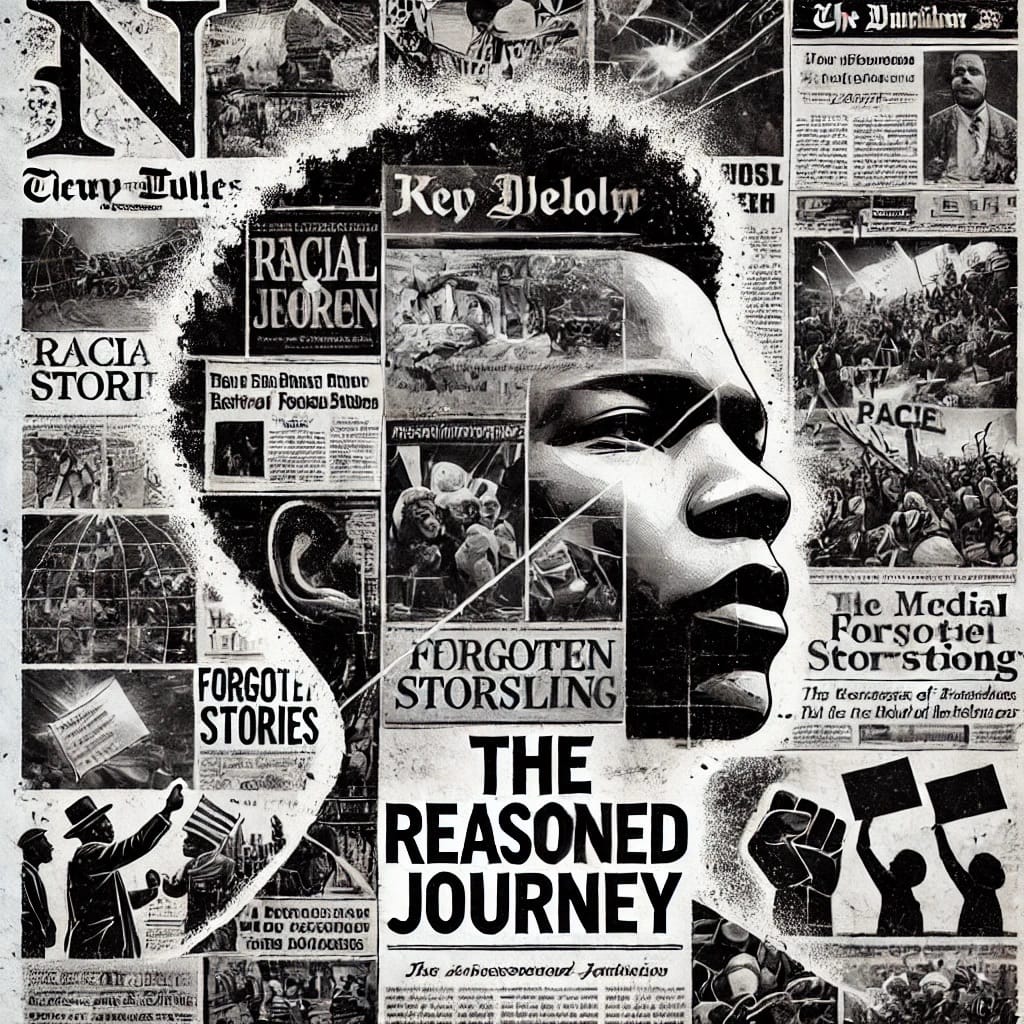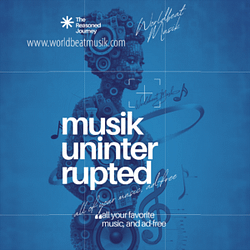I want to talk about the things we bury. I want to talk about the crimes that get left behind, their dust settling into the cracks of the sidewalk as we walk by. Not because they were less violent, not because they were less tragic, but because the color of the victim’s skin doesn’t echo loudly enough in our hearts. I want to talk about a child killed by a white man wielding a sword. Do you remember this story?
Of course, you don’t. That’s the point.
The violence we forget is the violence that tells us most about the world we live in. It is the child’s life taken, not in the heat of a social movement, not in the glare of a camera’s lens. No one whispered his name on the streets for weeks, no cities burned for him. The violence slipped through the cracks because his skin was Black and the hand that struck him down was white. And the media? It let the story die with him.
This is how stories of racial violence are allowed to dissolve: when no viral video catches the killing blow, when no city feels it beneath its ribs. We forget, and the media moves on. In the cacophony of breaking news, the story of a Black child slain by a white man with a sword is simply not loud enough.
The Forgotten Wounds
There is a legacy in this forgetting. A pattern that has existed long before we had words like “viral” to describe it. The violence that Black bodies endure has never held the same currency as the suffering of others. We cannot tell the story of this child and his killer without first reckoning with how we have been taught to consume violence.
Turn on the news. Open a browser window. How many Black men will be framed as threats? How many white men will be excused as aberrations? The studies tell us what our hearts already know: Black suspects are overrepresented in media coverage of violent crime, and white suspects underrepresented. In a 2015 study conducted by Color of Change and Media Matters, it was found that Black suspects were portrayed far more frequently in New York City news stories about violent crime, despite the fact that actual crime rates did not support this discrepancy. White suspects? They were often left out altogether.
The data does not lie. But how did we get here? How do we continue to let these patterns carve into our minds, shaping the way we interpret danger, safety, justice, and who is worthy of our attention? Perhaps it is not as simple as a white man killing a Black child with a sword. Perhaps the real tragedy is how unremarkable it feels for that story to be forgotten.
The Weapon That Cuts Through Memory
The image of a sword in this act of violence feels almost like something from a myth, distant and strange. And that distance—this unfamiliar, archaic weapon—is perhaps part of why this story didn’t stick. It feels unusual, almost too absurd to belong in the narrative of modern America, where guns rule the streets and fists settle scores. But absurdity is no reason to forget, no reason to turn away from the blade that fell. In fact, the absurdity should draw us closer.
We live in a world where a man can take a sword and kill a child, and still, the world will keep moving. Perhaps the media did not know what to make of it. Perhaps it felt too strange for the evening news. But this is where we find ourselves: in a reality where certain kinds of violence don’t fit the stories we tell about race, and so, we do not tell them.
Where Was the Outrage?
And the silence becomes deafening. I hear it in the questions that whisper beneath the weight of news cycles. Why do some crimes become emblematic, and others become ash? Why are certain acts of violence treated as terrorism, while others are deemed isolated? When a white man picks up a weapon—whether a gun, a car, or a sword—why do we look into his mind before we look at his history?
The media tells us that the men who commit these acts are “troubled,” that they “snapped.” We hear about their mental health, their troubled childhoods, their loneliness. But what of their hatred? What of their ideology? When a Muslim man commits a violent act, it is often labeled terrorism before the smoke has cleared. A study from Justice Quarterly found that between 2001 and 2015, acts of terrorism committed by Muslim individuals received over 350% more coverage than those committed by non-Muslims. And yet, when white men commit violence with racial overtones—whether with a gun or a sword—the label of “terrorism” feels somehow misplaced, as though it doesn’t quite fit the neat boxes of the evening broadcast.
The Pain We Deny
There is something almost impossible to grapple with in this quiet erasure. It reminds me of how we have long silenced certain kinds of pain. We cannot speak of the Black child killed by a white man without speaking of the victims who were lynched in broad daylight with no justice. We cannot speak of it without remembering the lives stolen in the shadows of trees and the ghosts of the Mississippi, which holds its memories in water instead of ink. These stories are our inheritance. They are not new.
The Black child killed by a sword becomes another line in a long history of violence that this country would rather forget. And forgetting is its own kind of violence, one that grinds slowly and without mercy.
Is the Media Fair and Balanced?
I am asked this sometimes, as though fairness and balance are the true measures of truth. Is the media fair? Is it balanced? I cannot answer that, not because the answer is unknown, but because it is irrelevant. Fairness is not the same as justice, and balance is not the same as truth.
We live in a country where media outlets choose their stories carefully, catering to audiences who seek confirmation of what they already believe. The biases are built into the structure, whether it’s Fox News peddling fears of Black bodies, or more liberal outlets softening the blows of white violence by invoking mental health. As the New York Times and Washington Post subtly racialize crime through omission or inclusion of unnecessary details, the narrative is sculpted to fit a preordained shape.
The question, then, is not whether the media is fair or balanced, but whether it tells the truth. And the truth is not in the stories it tells; the truth is in the stories it chooses to forget.
A Reckoning with the Silence
So what do we do with this truth? Do we gather the dust of forgotten stories and hope that one day they will rise into memory? Do we sit with the violence we ignored, the lives we allowed to disappear because the headlines didn’t scream loudly enough?
Perhaps it is time to confront the silence. It is time to remember the stories that have been buried beneath the weight of forgetfulness, not because they are less violent, but because the system tells us that they are. We must remember the child who was killed, not by accident, not by mistake, but because his life was deemed less worthy of the world’s tears. We must remember the man who picked up a sword, knowing full well that his violence would not provoke the same outrage as others.
There is no justice in the remembering, but there is truth. And sometimes, that is all we have.
Sources:
• Color of Change and Media Matters, 2015 study on crime reporting in NYC.
• Justice Quarterly study on media coverage of terrorism, 2018.
• Pew Research Center, “The Role of News on Racial Perceptions of Crime,” 2020.
• New York Civil Liberties Union (NYCLU), “Stop-and-Frisk Data,” 2019.
Discover more from The Reasoned Journey
Subscribe to get the latest posts sent to your email.


